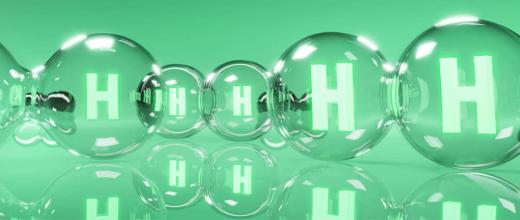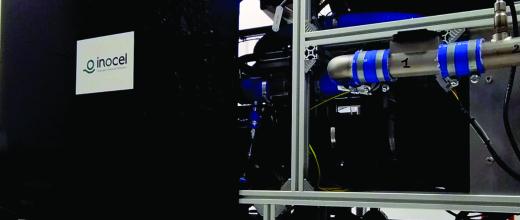28.03.2024
2 minutes of reading
.jpg)
On 20 March 2024, the European consortium met for the official launch of the FrHyGe* project, supported and funded by the European Union through the Clean Hydrogen Partnership.
On 20 March 2024, the European consortium met for the official launch of the FrHyGe* project, supported and funded by the European Union through the Clean Hydrogen Partnership.
A large-scale demonstrator for underground hydrogen storage in Europe
The FrHyGe project has 4 objectives:
- Converting a natural gas (or brine) salt cavern for hydrogen storage,
- Demonstrating the feasibility of injection and withdraw 100 tonnes of hydrogen over cycles ranging from 1 hour to 1 week in the converted caverns at the Manosque site,
- Studying the market penetration, the value chain and preparing for replication at other sites in France, Germany, and across Europe,
- Assessing the environmental impact, safety, and regulations in preparation for deployment on the GeoH2 (Manosque) and SaltHy (Harsefeld) projects.
As part of the FrHyGe project, Storengy, the project coordinator, and its partners will carry out technical, economic, regulatory, environmental, and safety studies. They will establish a roadmap to deploy the process of conversion and creation of storage caverns as quickly as possible and thus contribute to the creation of a true European hydrogen storage and transport backbone.
With a total budget of 43 million euros, of which 20 million are funded by the Clean Hydrogen Partnership, this project opens up new prospects for the development of renewable hydrogen storage in Europe.
Project timetable
This project, launched on 1er March 2024, will run for several years:
2024 – 2025
Studies and analyses for the implementation of the demonstrator at the Manosque site and the replicability of the technology at the SaltHy site (Harsefeld, Germany)
2026 – 2027
Construction period
2027 – 2029
- 100 injections and withdrawals from 2 caverns at the Géométhane site in Manosque
- Studies and analyses of hydrogen reactions according to the pressures to which it is subjectes
- Comparison of predictions with theoretical results
Next, in the commercial operation phase, the two caverns in Manosque will allow the storage of 6,000 tonnes of hydrogen. In Harsefeld a storage capacity of 5,200 tonnes is planned.
"The project is supported by the Clean Hydrogen Partnership and its members."









